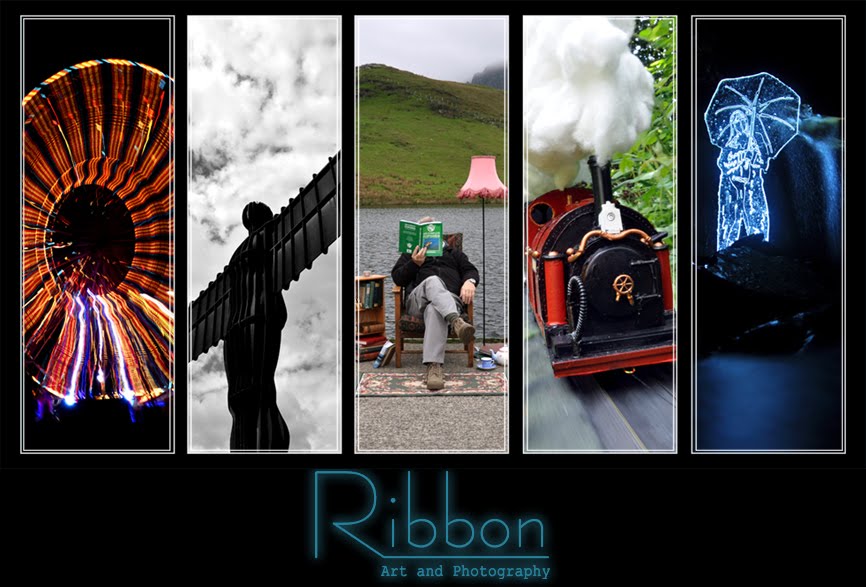Back to last winter and a little trip to Sheffield, for trips to Cupola Gallery and the Kelham Island Industrial Museum.
Cupola was so we could drop off some work for the "Under The Bed Sale" 2020, which we hoped to a)feature on the blog and b)actually visit, but Real Life got manic and the show is now over. Ah well.
Killing two birds with one stone, I (Ben) then headed over to the Kelham Island Industrial Museum, for a pre-arranged visit to see a preserved diesel locomotive. I'll admit straight off, the place wasn't easy to find; its half-way through being transformed from the Red Light District, Post-Industrial Neglect phase to the Super Expensive Urban Flats phase. I missed the car park because a lorry had blocked the entrance, and ended up parking on a demolished factory site nearby.
This is a proper museum; I love anywhere with a massive store room of part-restored Stuff.
Also a nice recreated indoor street scene (there was also an A/V experience of a backyard during a Zeppelin raid, which was a new one for me).
The museum was established to show off this massive, very impressive engine. Unfortunately because I needed to back home for the school run, I couldn't stay to watch it being operated.
I started doing some close-up shots around the place too, trying out the camera; the SLR had been playing up in the days leading up to this shoot, so I wanted to test to see if it was properly working whilst I waited for the museum guide who would be escorting me to see their preserved locomotive.
I started getting a bit abstract with the shots...
...and trying some long-exposures too.
Then outside, under escort into a non-public end of the site, to see this rather wonderful locomotive. I had two reasons to visit; the first was part of a roving brief to track down lesser-publicised preserved industrial locomotives for one of the railway mags, and secondly to get some decent research pics for a garden railway model I'm planning to build.

Yorkshire Engine Company 2481 (of 1950) is something of a remarkable survivor; one of a pair of pioneering shunters built for the steel industry, they were the forerunners of a large number of similar machines, none of which survive sadly. My interest (beyond a general interest in the subject matter) is that a number of locomotives which evolved from this design were used local to where I grew up, and which I'm wanting to build as a model for a magazine article. With none of the Brierly Hill shunters still around to photograph, this is as near as I can get- at least it's in the same basic livery, and much of the design remained the same.
This loco survived use in the industry in Sheffield and made it into preservation at Kelham Island (fellow loco 2480 is preserved in Derbyshire), and after some neglect and vandalism caused by its outside location, it was extensively restored by working parties of museum personnel and industrial locomotive enthusiasts, aided by specialist contractors who dealt with the asbestos contamination. Sadly it won't run again (even if there was a railway on site) because it suffered a lot of component theft some years ago, according to the museum.
Naturally, having worked perfectly fine indoors, when I was up against the clock, out in the rain with a museum guide shivering beside me, the SLR packed in after three shots. Luckily the camera on my phone is decent, but it doesn't really smack of professionalism.
It was very handy being able to get up close to the loco though to record the details, rather than relying on small photographs in reference books.
All in all a very successful trip, even with the problems with the camera. Thanks to the staff at the museum, particularly Jemma and Emily who arranged access to this loco and escorted me on-site.
First of the two planned outcomes from the shots, a feature in the February 2020 issue of "Railway Magazine". Once we get the laser-cutter going again, the model phase of the project will begin...






















